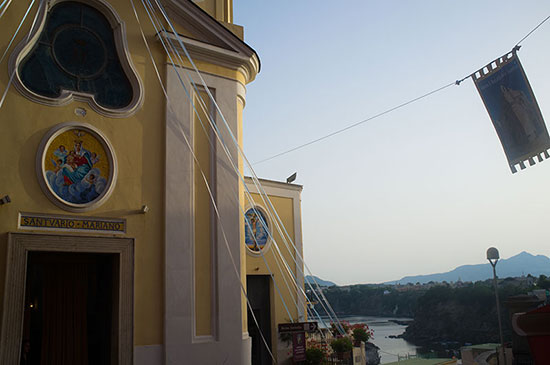
Churches
There are countless churches on the island, where there is often standing room only. Each has its own unique history and local traditions.

An island off Napoli

There are countless churches on the island, where there is often standing room only. Each has its own unique history and local traditions.
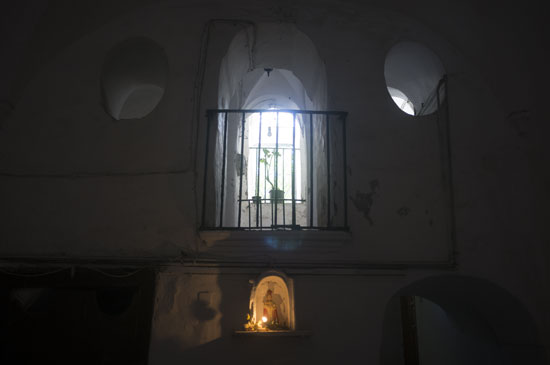
During the 8th century BC the first Greek settlers to this island were immediately replaced by other
Greeks coming from Cuma. The island is mentioned by the Roman satirist, Juvenal, as a barren
place.
During the 8th century BC the first Greek settlers to this island were immediately replaced by other
Greeks coming from Cuma. The island is mentioned by the Roman satirist, Juvenal, as a barren place.
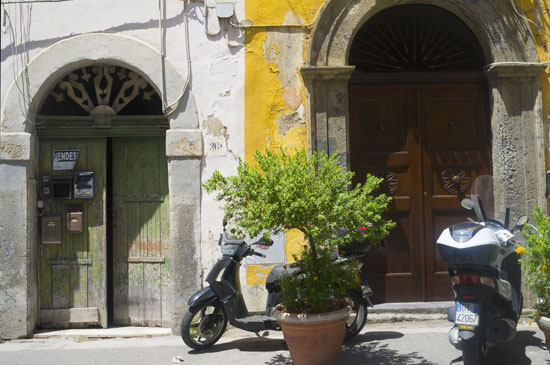
In the last few decades, the population has slowly begun to grow. The economy remains in great part tied to the marine industry, although the tourist industry has also grown.
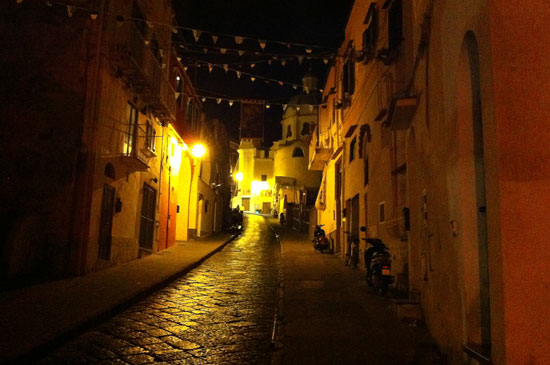
There are many religious traditions on the island tied to the period of Holy Week before Good Friday. The most evocative of these are the Procession of the Apostles of Holy Thursday and the Procession of the Mysteries of Good Friday.
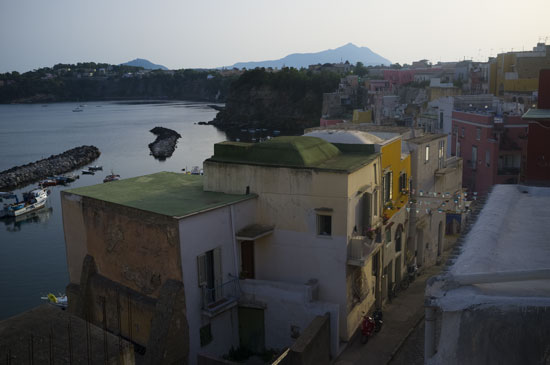
There are regular ferries from Napoli, and a local bus service.
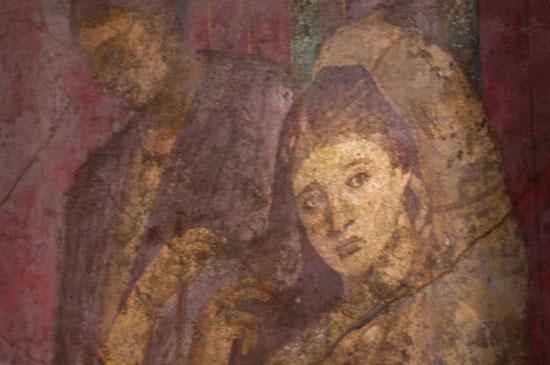
Pompeii and Herculaneum, both south of Napoli, are within reach of Procida - but there is too much to see for a day trip from the island.